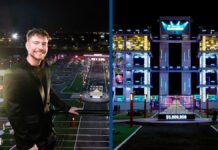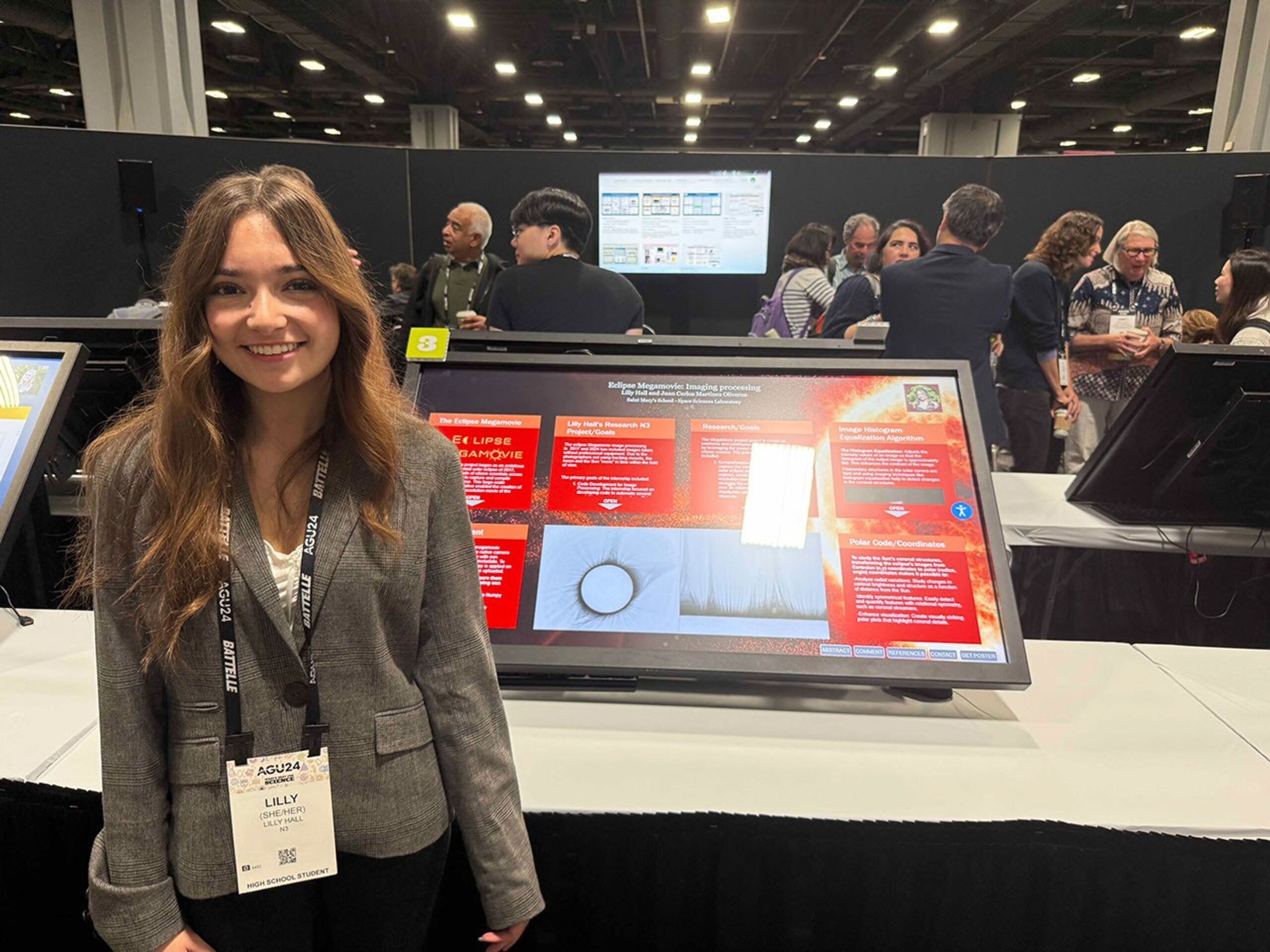The latest development from NASA highlights the strides being made in both scientific research and inclusivity within the field. This update features the remarkable progress of the NASA Science Activation Program’s Neurodiversity Network (N3), which recently saw one of its interns make history. The program fosters opportunities for high school students on the autism spectrum, pairing them with NASA experts to contribute to meaningful scientific projects.
One of the standout participants, Lillian Hall, worked closely with Dr. Juan Carlos Martinez Oliveros on a summer research initiative. This collaboration culminated in a presentation at the prestigious 2024 American Geophysical Union (AGU) conference held in Washington, D.C. The presentation, titled "Eclipse Megamovie: Image Processing," marked a significant milestone, as it was the first time an intern from the N3 program co-authored a presentation at this major scientific gathering.
Understanding the Eclipse Megamovie Project
The presentation was part of the larger NASA Citizen Science project known as the Eclipse Megamovie. This initiative aims to harness the collective efforts of citizen scientists to create a detailed time-lapse of the Sun’s corona during the upcoming total solar eclipse on April 8, 2024. By coordinating hundreds of participants located along the eclipse’s path of totality, the project has gathered an extensive collection of images. These images reveal the Sun’s atmospheric changes that are only observable during a total solar eclipse.
Technical Aspects of the Project
Processing this massive set of imaging data is no small feat. Lillian Hall contributed significantly to this effort by helping to develop a robust image processing pipeline. This pipeline includes several key processes such as image calibration, registration, and co-location. Image registration, for example, involves aligning solar features across different frames to account for the Earth’s rotation and any camera movements. The project also employs advanced imaging techniques to enhance the signal-to-noise ratio, which helps to reveal subtle structures and potential dynamics in the Sun’s corona. These efforts allow for the extraction of meaningful scientific insights from the Eclipse Megamovie dataset.
A Personal Perspective
Reflecting on her experience, Lillian Hall expressed gratitude for the opportunity to contribute to NASA’s research through the N3 program. She noted how leveraging her unique perspective as a neurodiverse individual allowed her to make a meaningful impact. Hall is excited to have found her niche in planetary science, a field she hopes to continue exploring in the future.
The Broader Impact of Citizen Science
The Eclipse Megamovie project is just one example of how NASA is using citizen science to advance its research goals. Citizen science involves the participation of non-professional scientists in research efforts, allowing for the collection and analysis of data on a scale that would be difficult to achieve otherwise. This approach not only enriches NASA’s scientific endeavors but also engages the public in meaningful ways, fostering a deeper understanding of and connection to the universe.
How to Get Involved
Interested individuals can participate in NASA’s citizen science projects, which do not require specific citizenship. Information on how to get involved is available on NASA’s Citizen Science page. This initiative is part of NASA’s broader Science Activation Portfolio, which aims to connect NASA’s scientific expertise with community leaders to promote a deeper understanding of science and its impact on our world.
Conclusion
The N3 project and the Eclipse Megamovie highlight the power of inclusivity and public involvement in scientific research. By supporting neurodiverse students and engaging citizen scientists, NASA is not only advancing its research goals but also enriching the scientific community with diverse perspectives and contributions. This innovative approach underscores the importance of making science accessible and engaging to a broader audience, ultimately fostering a more inclusive and participatory scientific community.
For more details, you can visit the NASA Science website.
This news is a testament to NASA’s commitment to fostering an inclusive environment that embraces diverse perspectives, which are essential for innovation and discovery in the field of science.
For more Information, Refer to this article.


































